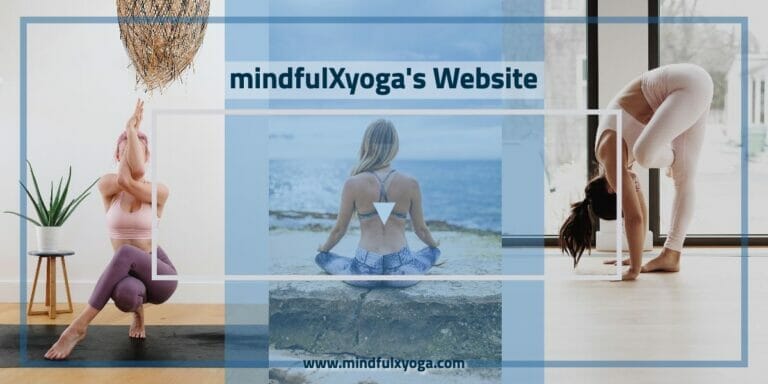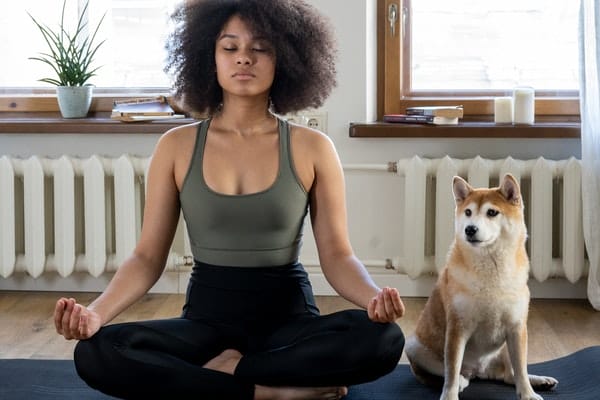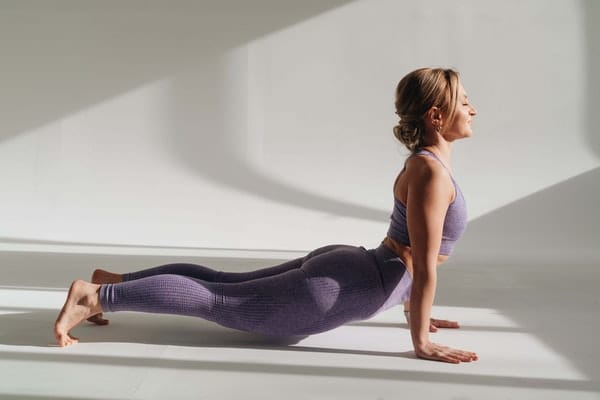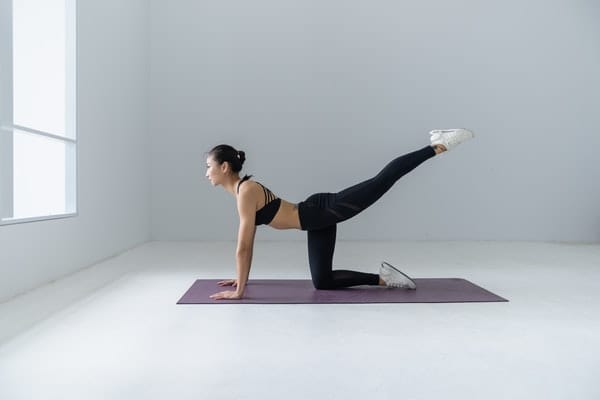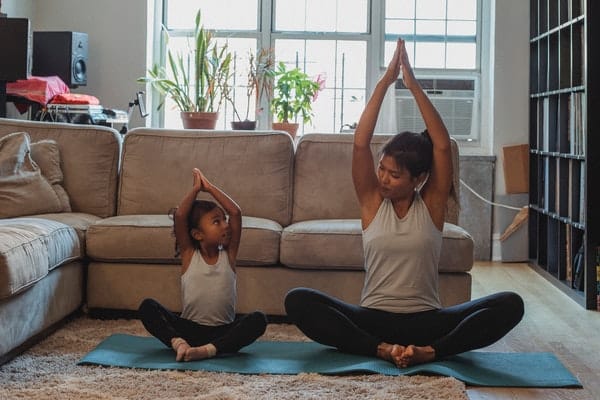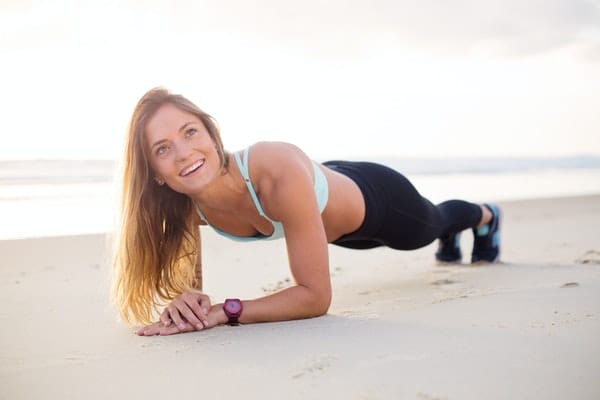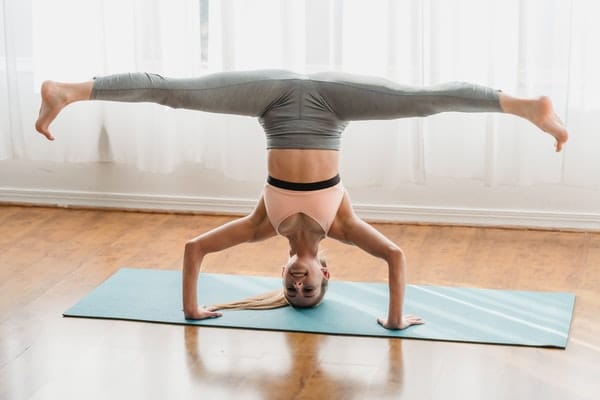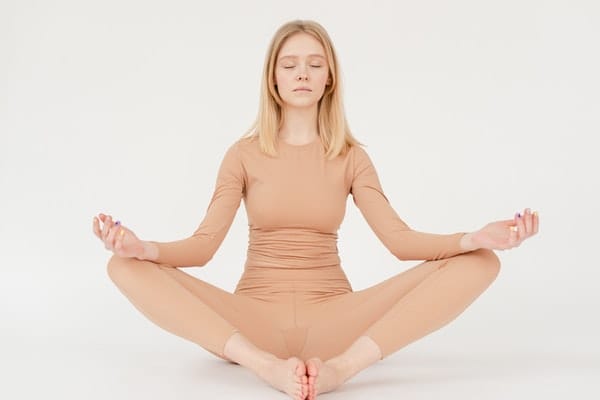About mindfulXyoga Website
MindfulXyoga.com is the cure for the Yoga curious that are too shy or busy to step into a class.com.
Our educational and wholesome articles and blogs provide a wealth of information, inspiration, and the opportunity to discover how to cultivate a healthy body, mind, and spiritual presence with the help of our educational and wholesome articles and blogs.
You will find all the answers you need here to the questions you have about trying yoga or deepening your practice with confidence, as well as falling in love with the body you have been given.
Most lovely thing about yoga is that if you can breathe and have a body, you can start practicing right away, regardless of whether you feel limited or have permanent limits.
There are so many great reasons for you to begin practicing yoga right away.
Our yoga articles at MindfulXyoga are designed to be simple and easy to read while giving valuable information to help you benefit from the yoga practice.
We cover everything from meditation to mindfulness to health, mentality, and physically pleasing effects for you.
We’re building a heartfelt, wholesome, and supportive community here and on Instagram, where you may choose to connect with like-minded people who have similar aspirations to yours by connecting with them here and on our Instagram page.
To make your journey easier, we have created posts focusing on each of the main facets of yoga. Separate posts are dedicated to the most common questions and benefits, the journeys that draw people onto the mat to enhance and enrich their lives. Beginners’ Yoga and how to start a gentle yoga practice with a focus on the asanas.
A whole category dedicated to the meditation benefits of Yoga, a mindfulness practice, and the many and surprising benefits of Yoga.
“Here, you’ll discover a holistic approach to wellness that integrates the mental, physical, spiritual, emotional, and environmental aspects of well-being since we think these pillars of health are all inextricably linked.”
Yoga Practice
Curious about Yoga but don’t feel confident stepping into a class alone?
Unsure of what all the different classes mean, you are unsure which class will suit your needs and abilities.
The information-rich articles on this page will ease you into yoga with the same peaceful confidence you will experience on the mat.
Starting yoga can be a surprising experience, and many are shocked by the strength required for the positions that appear effortless but are actually physically challenging.
Remove the uncertainly and gain confidence in your beginner’s journey by using the vast experience of our team of writers, including guest writers who collectively have decades of experience.
From Yoga for the inflexible to choosing a style and class of Yoga to suit your personality, you will find your community and the perfect blend of movements here to improve your body and enrich your mind.
Yoga Asanas
You may have some experience with yoga, or you may be looking for a particular benefit.
Perhaps you want to learn more about the asanas (poses) and practice those that suit your needs. For example, did you know that specific poses can help release emotional trauma? While others can assist with looking youthful or increasing blood flow and heart health?
Yoga is not just an exercise to increase the physical body to be pleasing to the eye, although this can be a positive side effect.
Choosing the correct pace of asana flow, choosing the correct style of yoga, learning to modify poses to suit your limitations can increase your benefits and health.
Focus on the benefits you most desire with the educational articles on this page that will enlighten and enhance the path you want to walk on with Yoga.
Yoga and Meditation
If you envision meditation as sitting cross-legged on a mat listening to nature sounds and gentle music, then you are right. However, yoga in itself, with its measured breathing, concentration on the body, and living in the moment mind cleansing movements, is also a meditation.
If you have tried meditation and struggle with a chatty mind, racing thoughts, and continual interruptions to your quiet, yoga can assist you greatly in learning the basic skills of just being, just breathing, and just moving your body. Doing this with a mind focused on the body, listening to your breathing, and being in that moment, and only that moment, will bring you the same results as a peaceful sit on the mat.
With beautiful illustrations and clear instructions in each article, you can develop over time the ability to introduce peace, positive quietness and stress-relieving meditation to your life while also developing your body and mind.
MindfulXYoga.com and our experienced team of writers will guide you in a way that suits you best.
Learn how to achieve a space within yourself to escape the stress and hustle of a busy, high-demanding life, view the multitude of articles, and find a method that perfectly suits your needs and personality.
Benefits of Yoga
The benefits of yoga are many, from a robust physical appearance to a leaner, more resilient, muscular system to a calmer and more productive mind. In addition, yoga can improve headaches and back pain, aches and pains in the legs and shoulders, and improve sleep.
With regular practice, you will notice that you will have a clearer mind, be better at problem-solving, and have a calmer overall approach to problems.
Your digestive and hormone health can improve with just 15 minutes of yoga a day. In addition, restless legs can be a bad dream from days gone by, as your circulation and overall oxygen saturation improve.
Yoga can lower your blood sugar, reduce your risk of heart disease and stress-related illnesses, and improve your personal relationships. But how can some simple stretches do all this? How does that work? MindfulXYoga.com has the answers on its posts, collated and explained mindfully and holistically, which will make you wonder why you didn’t start Yoga sooner.
Our Goal and Mission at MindfulXYoga
From the experienced Yogi that wants to grow and deepen their understanding of all things and benefits of yoga to the baby yogini that is just starting to roll out the mat and still has a million questions and thoughts running through their heads, we are here for you at MindfulXYoga.com.
Our mission and goal are to support, assist in educating, and show you that Yoga’s journey is a path that as you tread, you grow, you develop, and you enhance every area of your life.
We love Yoga and encourage you to join our community and virtual village on Instagram to connect with mindful and wholesome individuals to ensure your Yoga discovery and the journey is informative and enlightening.

